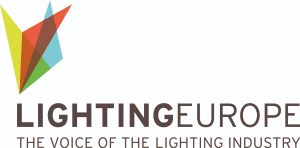With new technology and products emerging in the market, public sectors and associations continue to update regulations and standards, helping manufacturers and consumers to better understand the current specifications of different products.
The National Electrical Manufacturers Association (NEMA) published a new standard “American National Standard for Electric Lamps— Performance Specifications for Direct Replacement LED Lamps,” describing the electrical, mechanical, and photometric characteristics of LED lamps that are direct replacements for existing ANSI standardized non-LED lamps.
The standard identifies key characteristics for LED lamps replacement for consumers and application specialists. It covers general direct replacement LED lamps and specific requirements for direct replacement LED lamps used in tubular fluorescent and high-intensity discharge (HID) ballasted systems.
Andrew Jackson, manager at Lighting Test Center Americas Signify North America Corporation, and chair of the ANSI Electric Lamp Committee, said, “This Standard provides information to help manufacturers better select and compare products for specific applications, limiting confusion about LED direct replacement lamp performance in existing luminaires and systems.”
Meanwhile, the European Commission has published Regulation (EU) 2019/2020 on ecodesign requirements for lighting and Regulation (EU) 2019/2015 on energy labelling for lighting which will apply in all EU Member States from September 2021.

LightingEurope, the association representing the European lighting industry, has prepared guidelines to help companies comply the new EU regulations which will bring major changes for producers and end-users of lighting products.
Then new regulations include the energy labelling regulation (ELR) which requires all light sources placed on the EU market with energy labels. The ELR also clarifies the new requirements for registering light sources in the EPREL database from May 2021 onwards.
The other regulation, the Single Lighting Regulation (SLR), combines requirements that today are set out in three separate pieces of legislation. The ecodesign rules also include circular economy requirements, for example on the removability and replaceability of light sources and control gears contained in products.





 CN
TW
EN
CN
TW
EN






